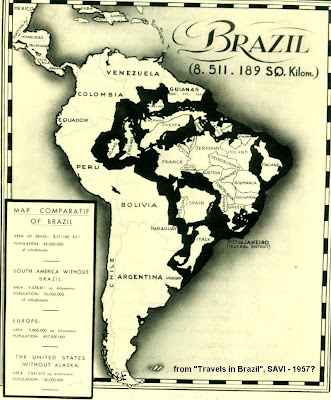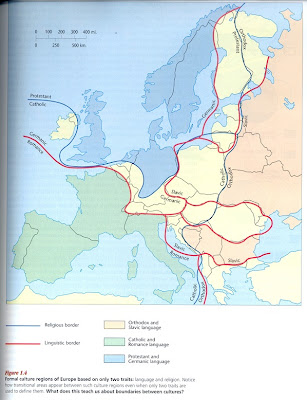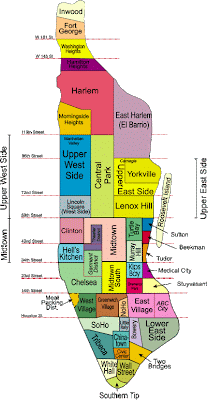Australia division took more then two centuries.
For a long time, Australia was known as New Holland, after the country that first explored the island/continent. The British, who eventually colonised the place, at first adopted the name, but settled on an adaptation of the term Terra Australis for their new colony. That name refers to the giant continent in the South that was thought by pre-exploration geographers in the Old World to counterbalance the land-mass of the then-known world.
The name of the country might very well have been New South Wales. At present, NSW is just one of six states (and two territories) that compose the Commonwealth of Australia - and a relatively small state at that - but NSW at one time covered almost half of the country. At that time it was the only British colony on Australian soil, making it thinkable that the name might have expanded with British sovereignty.
It was not to be. As this map (the origin of which I unfortunately haven’t recorded) shows, NSW has steadily shrunk in size as other states and territories emerged or were split off from the ‘mother colony’. The map, dating from 1904, shows the evolution of NSW (and the nameless other half of the country) to Australia.
For good measure: the map denotes the situation as of the first date mentioned, and up until the second date.
- 1787-1825: NSW covers roughly half of the island, including present-day Tasmania.
- 1825-1831: the island of Van Diemen’s Land is separated from NSW.
- 1831-1836: the territory of Western Australia is formed, covering about one third of the island, and leaving an unorganized strip of land in between.
- 1836-1851: South Australia is formed out of part of NSW and part of the unorganized strip between NSW and Western Australia.
- 1851-1855: Victoria is separated from NSW, constituting a separate entity in the south-west.
- 1855-1859: NSW was extended to ‘fill the void’, so to speak; in 1856, the name of Van Diemen’s Land was changed into Tasmania, after Abel Tasman, another Dutch explorer.
- 1859-1861: the northeastern part of NSW is separated to form Queensland, chopping the remainder of NSW in two: the large stretch in the middle of the country, from north to south shore, is now separated from the rest of NSW by South Australia and Queensland.
- 1861-1862: South Australia expands westward to the detriment of ‘central’ NSW, depriving it of access to the southern shore.
- 1862-1863: Queensland expands westward at the expense of ‘central’ NSW and in the process bending what was one of the longest straight borders in the world.
- 1863-1908: ‘Central’ NSW is placed under the jurisdiction of South Australia as the Northern Territory. According to Wikipedia, this state of affairs lasted until 1911, not 1908.

Interesting maps:
How the religious groups follow language groups in Europe >>
If Germany had won World War 1... >>
Imperial Texas Republic map >>
Unusual Manhattan street map >>
Links for Poker Players looking for free Poker downloads: Freeware Poker Card Games - get Poker and other casino games here for free!



